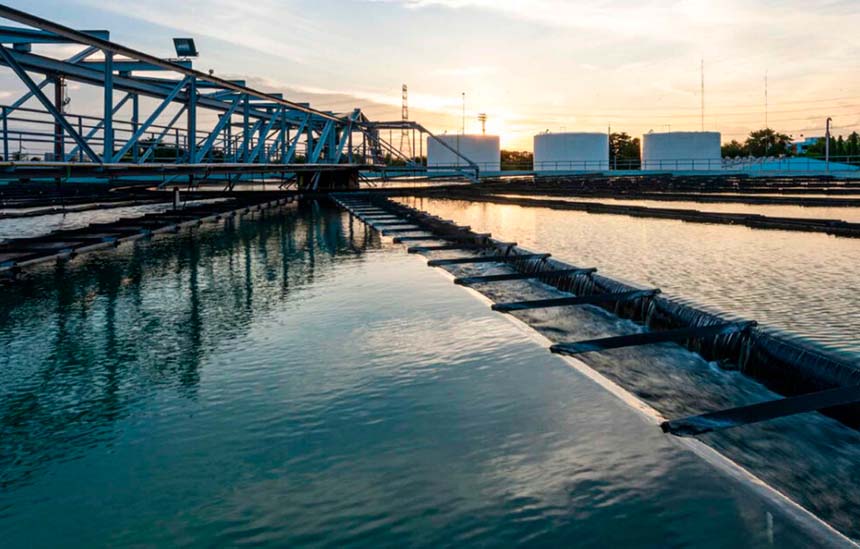- A study was conducted with members of the National Association of Clean Water Agencies to identify current challenges and concerns around biosolids management
Water utilities across the US are working hard to address the challenges and financial implications of per- and polyfluoroalkyl substances (PFAS). To provide additional guidance, Stantec, a global leader in sustainable design and engineering, is sharing the results of the PFAS Cost Study, which the firm conducted for the National Association of Clean Water Agencies (NACWA). The study was led by researchers from the Stantec Institute for Applied Science, Technology, and Policy.
The study surveyed NACWA’s member utilities to better understand the cost impacts of PFAS on biosolids management in the US. NACWA previously published a study on this topic in 2020. The new study provides updates to those findings in addition to identifying additional impacts and concerns around PFAS.
“As passive receivers of PFAS, utilities are grappling with a challenge that they were not designed to handle,” said Joan Oppenheimer, vice president and environmental scientist at Stantec. “Despite that, utilities across the country are stepping up to figure out their role in mitigating PFAS release to the environment and, in lieu of readily available treatment technology, what costs are associated with different containment measures.”
Stantec received 103 surveys from utilities, representing 30 percent of NACWA members in 40 states. According to the findings, nearly 90 percent of utilities surveyed indicated they were concerned about the anticipated changes to their biosolids treatment capabilities due to PFAS.
However, 58 percent of utilities that indicated concerns over the impact of PFAS are not monitoring for PFAS in their influent, effluent, or biosolids. This is most likely due to lack of regulatory requirements to sample.
The study also found that most clean water utilities have not yet taken on capital improvement projects in response to PFAS in wastewater and biosolids. Again, Stantec concludes that this is due to a lack of regulatory drivers, as well as low technology readiness in PFAS destructive technologies.
“The reluctance to begin a lengthy, expensive capital improvement project is a logical response to the regulatory landscape at this time,” said Pooja Sinha, civil engineer at Stantec and co-author of the report. “The technology is still developing, and regulatory bodies have yet to offer definitive guidance in many places.”
The report includes three key recommendations from Stantec researchers for utilities that are trying to develop a plan to treat PFAS, including:
- Clean water utilities should evaluate potential options for diversifying their biosolids management strategies. Voluntary diversification was the only change to biosolids management identified in the survey that, on average, produced cost savings to overall biosolids management costs.
- Utilities should begin high level planning for changes to treatment technologies that may be required by future PFAS regulations.
- Utilities, with the continued support of NACWA, should engage regulators, key stakeholders, and their communities to understand the role that publicly owned treatment works play in the beneficial reuse of water and nutrients. They should also help educate these groups on how as passive receiver entities—rather than generators of PFAS pollution—the burden of compliance should be driven toward elimination of PFAS source inputs to their treatment facilities.
Learn more or view the full report here. Stantec has extensive background in water and wastewater treatment, and the Stantec Institute for Applied Science, Technology, and Policy is at the forefront of exploring some of the biggest questions facing the water industry.
About Stantec
Communities are fundamental. Whether around the corner or across the globe, they provide a foundation, a sense of place and of belonging. That’s why at Stantec, we always design with community in mind.
We care about the communities we serve—because they’re our communities too. This allows us to assess what’s needed and connect our expertise, to appreciate nuances and envision what’s never been considered, to bring together diverse perspectives so we can collaborate toward a shared success.
We’re designers, engineers, scientists, and project managers, innovating together at the intersection of community, creativity, and client relationships. Balancing these priorities results in projects that advance the quality of life in communities across the globe.
Stantec trades on the TSX and the NYSE under the symbol STN.

